Preserving memories, records and stories is uniquely human.
Thousands of years ago, people painstakingly preserved their histories in cave paintings and hieroglyphics…
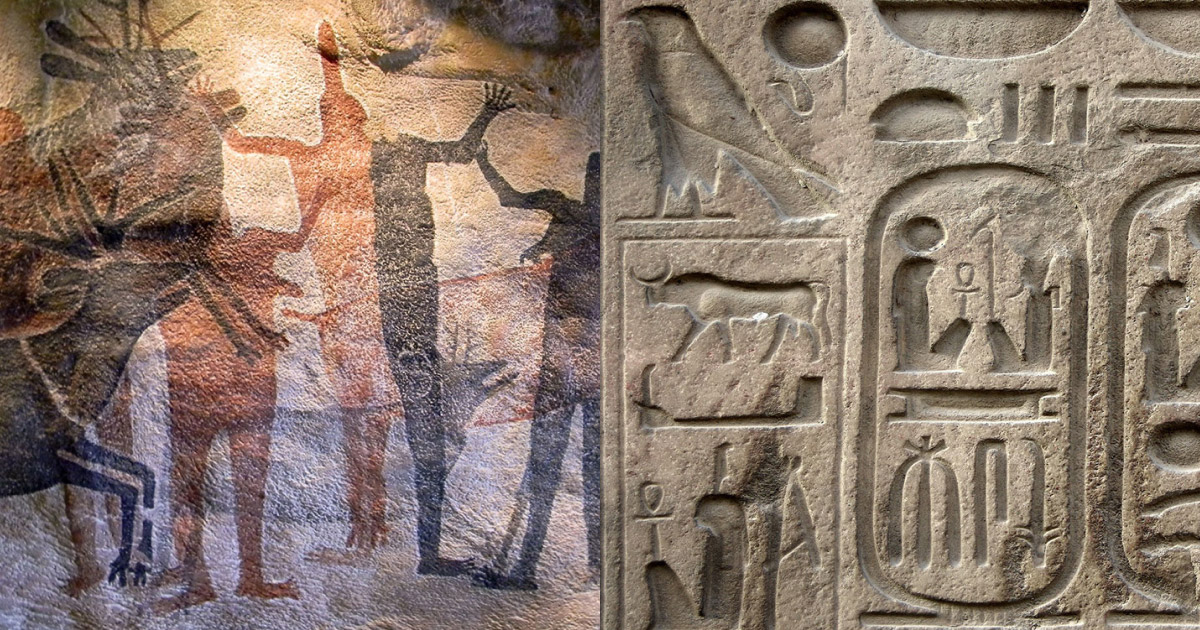
...while nowadays we write in online diaries, share memories on social media, and save our most precious photos, videos, and data in long-term digital storage.
But a common theme runs throughout eras and civilizations: we value preserving information and memories – and sharing them with our family, friends, communities, and future generations.
Storage in History
Looking back on the history of information storage, there’s one invention that stands above the rest: the printing press.
Developed by Johannes Gutenberg in 1439, the printing press took existing technologies of the time and improved them to the point that rapid printing became possible – and the cost of printing books and other documents was drastically reduced. Information could now spread quickly and cheaply, and literacy flourished in a watershed moment for human history.

Fast forward to the computer age... Let’s take a look at some of the major innovations in retro data storage leading up to the modern day.
Punch Cards
You might remember using punch cards in school or at work – but did you know they’ve been around since the late 1800s? Punch cards were the first mechanical storage method, using holes punched into thick paper in a pattern that could then be read by a machine. They were originally used for programming mechanical devices like player pianos and textile looms, and for recording census data.
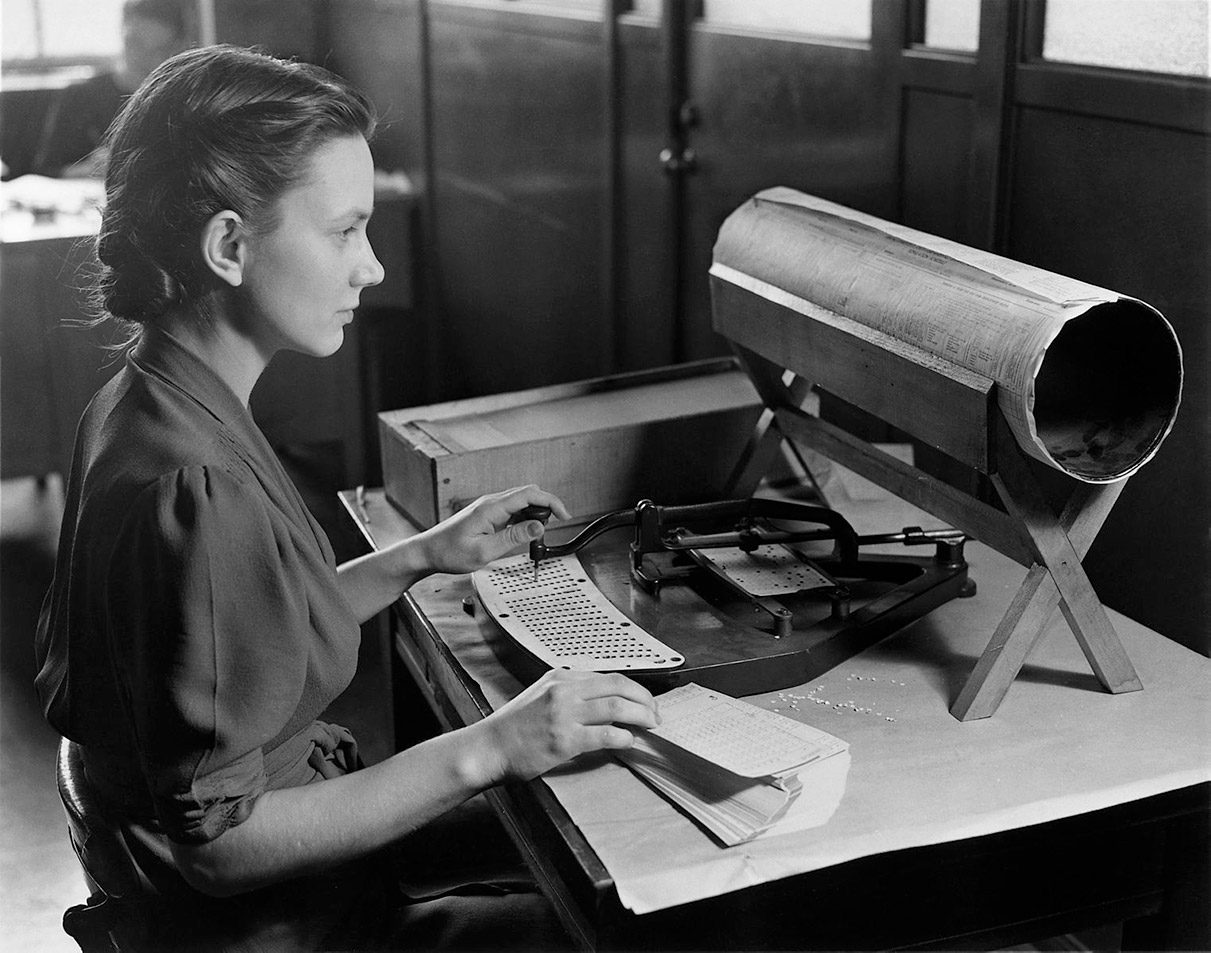
By the 1970s, punch cards were commonly used as input devices for simple computer programming. However, since punch cards can only store a very small amount of data, they’ve now become basically obsolete apart from individual uses like in standardized tests and voting.
Magnetic Tape
Developed in the 1950s, magnetic tape could store an unprecedented amount of data for its size – the equivalent of 10,000 punch cards. It was stored in roll form, often of an extremely long length, and data could be read and recorded onto the tape using a read/write head.
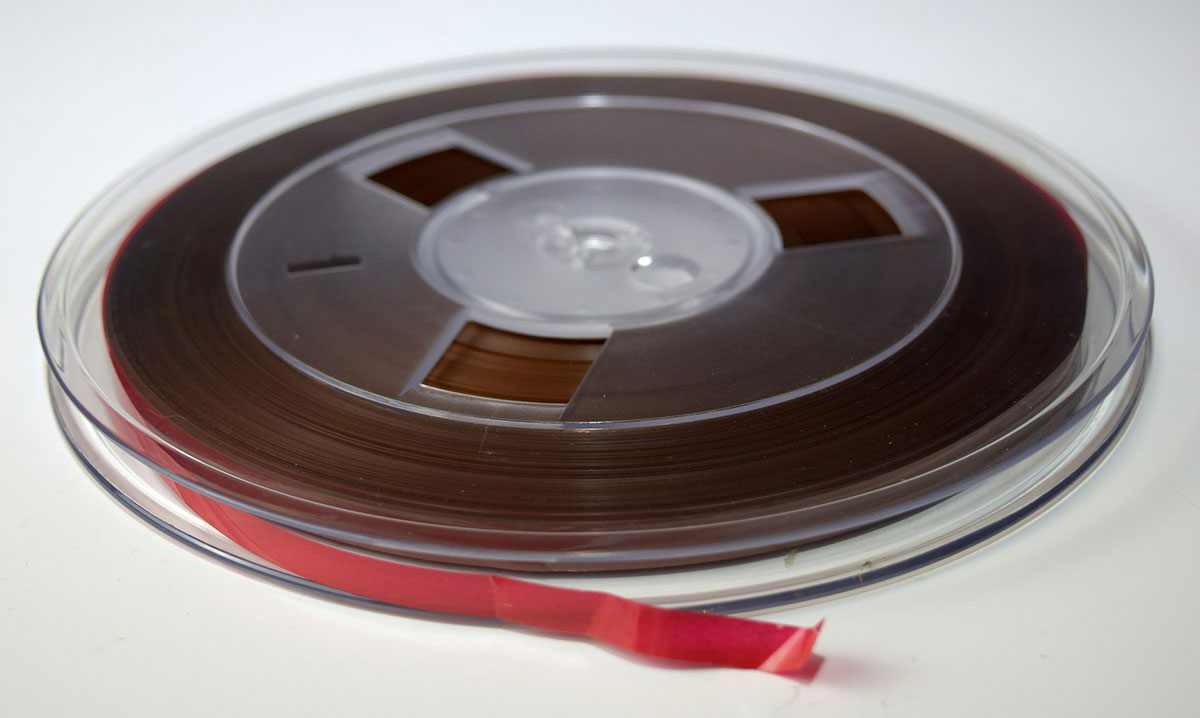
One of the earliest technologies for electronic data storage, magnetic tape is still widely used today! Due to its low cost, high capacity, and durability, magnetic tape is useful for archiving data over the long term.
Hard Disk Drive
IBM introduced the first hard drive in 1956 as data storage for the IBM 305 RAMAC computer. You might remember hearing about computers that filled an entire room. That was definitely the case here! The IBM hard drive alone was made of fifty 24-inch discs – but had a total storage capacity of just 5 million characters, or 5MB.
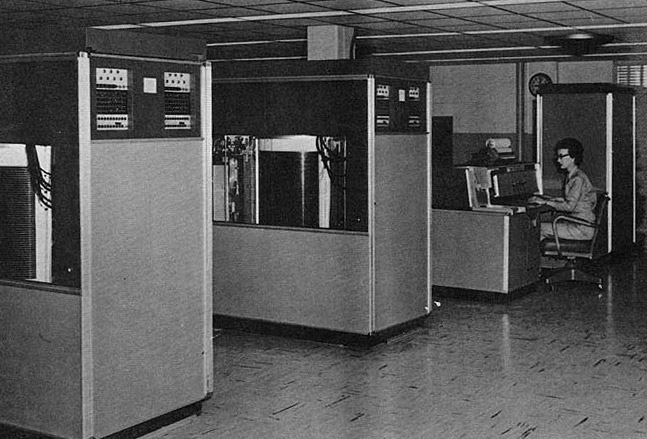
In addition to their large size, hard drives were prohibitively expensive back then, so they remained unsuitable for widespread use until the 1980s. But with tech advancements since then, hard drives are now an integral aspect of modern computing and data storage… in smaller and smaller sizes with higher capacity.

The modern solid state drive (SSD) is just 2.5 inches wide and can hold up to 30 terabytes of data. Pretty incredible!
Cassette Tape
Who can forget creating mixtapes on cassette back in the day? For the first time, it was possible to make your own playlists of favorite music cheaply and easily...
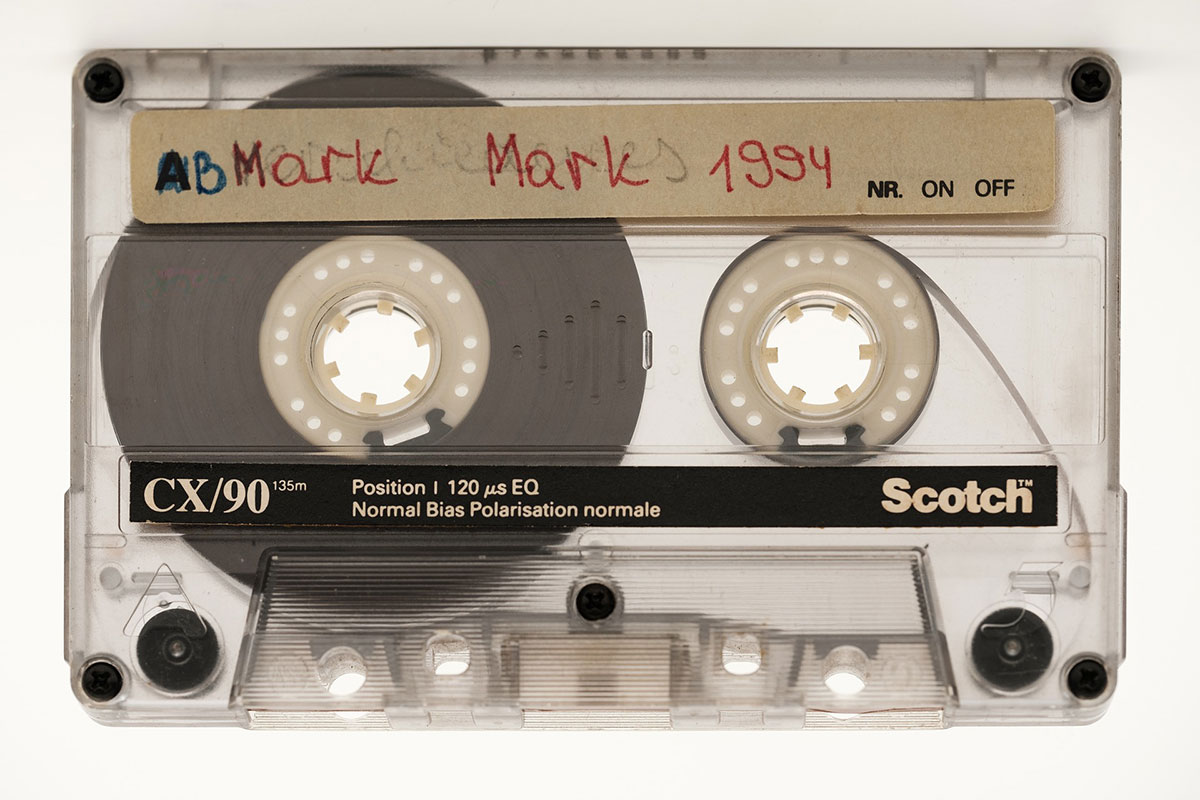
Introduced by Philips in 1963, the first compact audio cassette was intended for dictation machines, but people took to it for distributing music instead. And when Sony’s Walkman came along in 1979, cassette tapes exploded in popularity for many years.
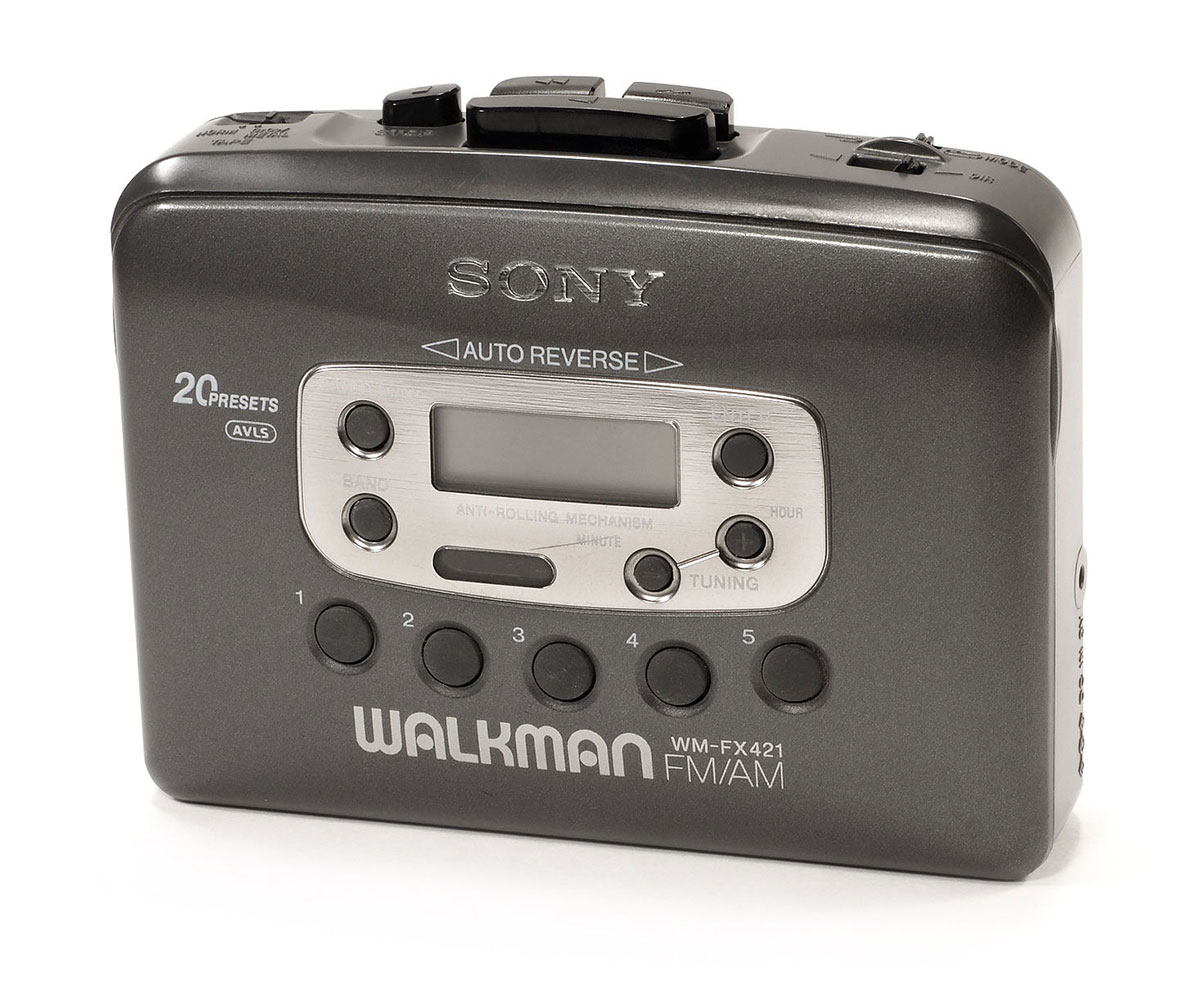
The compact cassette was also used for data storage with personal computers in the late 1970s and 1980s. About 660KB of data could fit on each side of a 90-minute tape.
Floppy Disk
Nostalgia alert! First developed by IBM in 1967, floppy disks were originally 8 inches wide and could hold 80KB of data. They became immensely popular as a form of portable data storage for personal computers. By the late 1980s, people could choose between 8-inch, 5¼-inch (360KB), and 3½-inch (1.44MB) floppy disks.

Early laptops contained floppy disk drives as well, but as technology improved, the disks fell out of favor by the early 2000s. Today, the floppy disk’s legacy continues as the ubiquitous Save icon: ????.
Compact Disc & DVD
With the invention of compact discs (CDs), a whole new world of storage opened up. A single CD had a capacity of about 700MB, enough for an entire album of music – or 70,000 formatted .doc files.
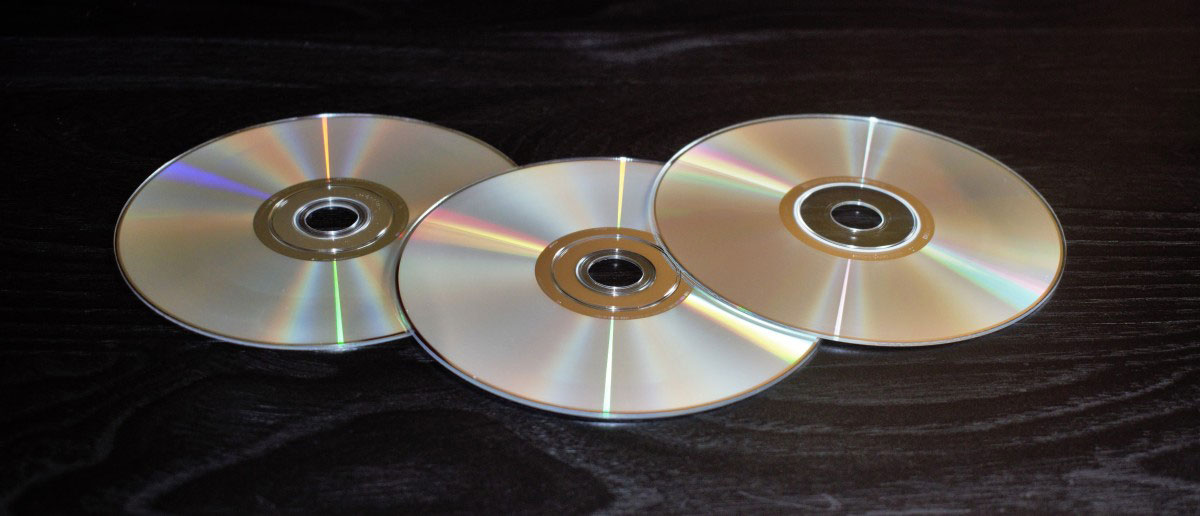
CDs revolutionized the music industry through the 1990s, effectively replacing cassette tapes. But the technology had a huge impact on computing, as well. CD-Rs (Compact Disc Recordable) became widely used as data storage devices, and CD-RWs (Compact Disc Rewritable) even allowed users to write, delete, and re-write data onto the discs.
Then the DVD (Digital Video Disc), which first launched in 1995, was like a CD on steroids. Both CDs and DVDs store data using the same optical functions, but DVDs have far higher capacity.
SD Card
Photographers and videographers rejoice! In 1999, SD cards using flash memory were developed in a joint project by SanDisk, Panasonic, and Toshiba. The small size of the memory cards was perfect for the emerging world of digital photography – and over the years, mini and micro sizes were released as well.
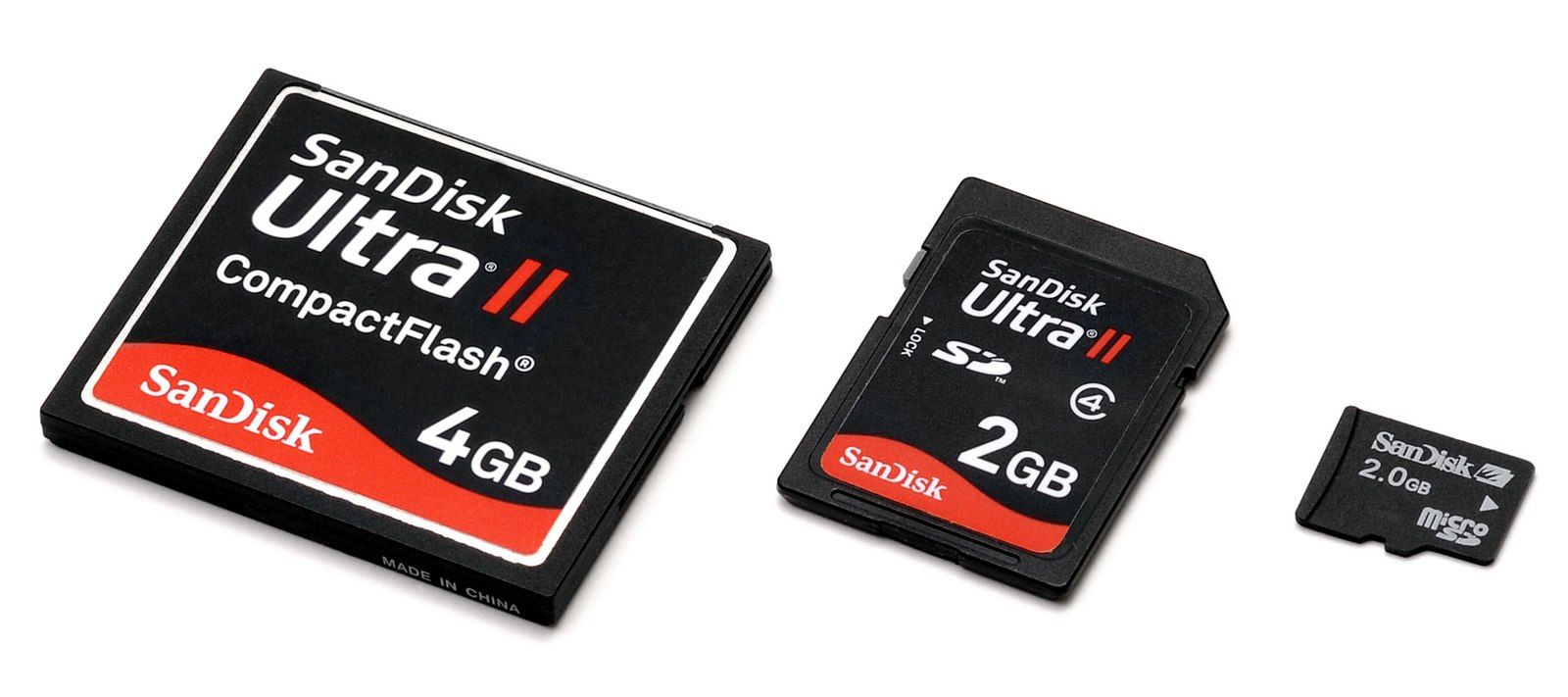
Today, SD cards can hold up to 1TB+ of data and are popular worldwide for laptops, cameras, and smartphones alike.
USB Flash Drive
Invented in 1998, USB flash drives proved to be an ideal mix of small size, high capacity, and affordability for the everyday user. In fact, they’re still a popular storage option to this day, often called a thumb drive, USB stick, or memory stick.
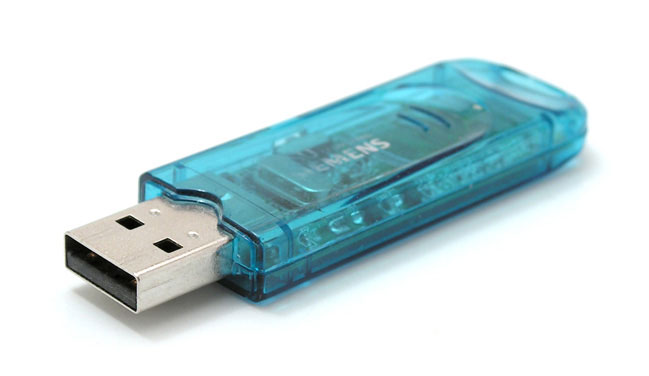
USB flash drives can not only store a large amount of data – up to 2TB! – but they’re also capable of being written to thousands of times. And since USB ports are so common, the flash drive is convenient for sharing data across a multitude of platforms and networks.
Cloud Storage
Finally, there’s the cloud, the latest and greatest addition to the world of data storage!

We believe the future of personal data storage will be a hybrid of both on-site storage and cloud-based storage, due to the numerous benefits it offers, such as:
- Availability of data from anywhere in the world, at any time.
- Access to huge amounts of storage space with great durability and infinite scalability.
- Security via encryption at all times, whether the data is at rest or in transit.
- Automatic and instant backups with syncing across all connected devices.
- Seamless sharing between parties who are authorized to access the data.
That’s why we created Amber, an award-winning All-in-One Smart Storage Platform that gives you your own personal hybrid cloud to help you keep your data safe, accessible and secure. With Amber, you get the best of both worlds. Local storage and cloud accessibility. You can easily gather, organize and protect all your important data in one place, stream videos on-the-go, share files securely with anyone and access your data from anywhere. Say hello to the Future of Cloud Storage, now.

So whether you want to preserve your old family photos, keep backups of that novel you’re writing, save memorable videos, or effortlessly stream entertainment in your home, Amber’s got you covered for all of that and more! (Hint: it will even boost your Wi-Fi connection across every inch of your home.)
Amber combines privacy, security, performance, and convenience in one powerful package. Because when it comes to your digital memories, you deserve nothing but the best.
To learn more, check out our FAQs page and see what Amber is all about!